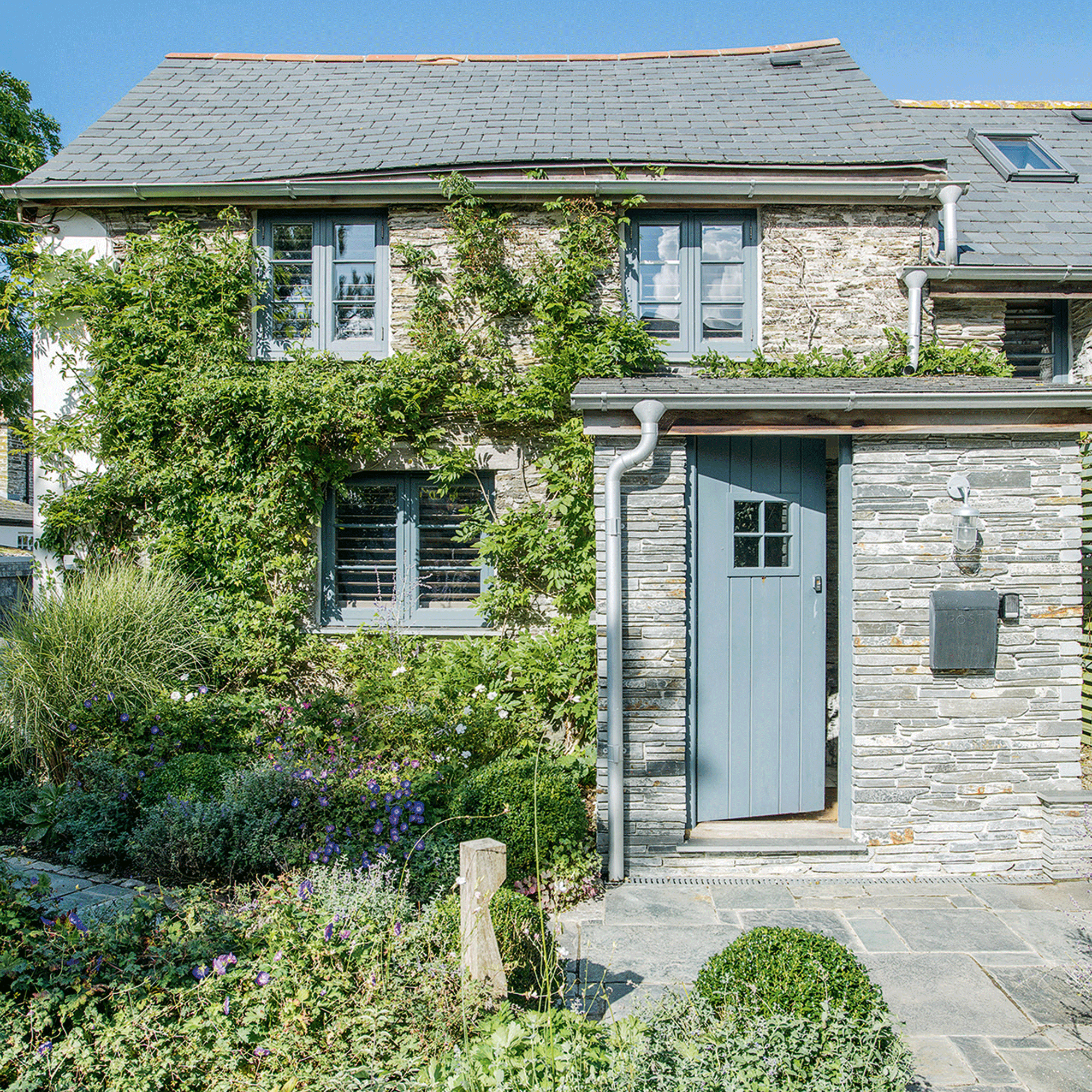Three-quarters of councils are increasing council tax by 4.99% from April, adding an average of £100 a year to bills. The increase is unwelcome news to many as the cost of living crisis continues to squeeze pockets with inflation hitting a 40-year high of 10.1%.
Research from the County Councils Network has revealed that 84 of 114 councils that published their budget proposal for 2023/24 were going forward with a maximum permitted 4.99% council tax rise.
This maximum price increase would add on average £100 a year to the bills of those in council tax Band D properties and around £74.50 to those in bands A to C.

(Image credit: Future PLC / Polly Eltes)
With inflation the highest for decades, local authorities are fighting to balance their budgets and deal with multimillion funding gaps. Council leaders say they recognise households are struggling but have ‘little choice’ in putting forward the maximum rises to fund local services.
The increases will hit residents in affected councils in April at the start of the new financial year. The 4.99% increase is comprised of a 2.99% for general council tax and 1.99% for the adult social care precept.
Which councils are increasing council tax in April?
Out of 152 councils covered by the County Councils Network survey, 114 have published their budget proposals for 2023/24 and all bar one, Central Bedfordshire, will raise their council tax this coming April. The remaining 38 councils have yet to declare their intentions.
30 councils have declared they will increase the tax but will not impose the maximum, the lowest rise put forward being 2%.
Three councils, Croydon, Thurrock and Slough have special permission to increase their council tax above 5% after effectively declaring bankruptcy. Residents in Croydon’s band D will pay an additional £234 a year, taking the total to £2,230.
Compared to Westminster residents who pay the lowest average council tax bill in England at only £912, an increase of £48.

(Image credit: Future PLC/Colin Poole)
Cllr Sam Corcoran, Labour Vice-Chairman of the County Councils Network and Leader of Cheshire East Council, said: ‘We all recognise the cost-of-living crisis is impacting on every household in the country and disproportionally on low incomes, but we have little choice but to propose council tax rises again next year, with many local authorities reluctantly opting for maximum rises.
‘With councils facing multi-million funding deficits next year, the alternative to council tax rises would be drastic cuts to frontline services at a time when people at the sharp end of the cost-of-living crisis need us to be there for them.’
The County Councils Network has said the typical bill for band D residents is higher in rural counties areas at over £2000 a year, rising to £2,149 come April. Making it 20% higher than the average council tax bill faced by London residents which come April will be an average of £1,780.
This disparity is because county areas have historically received less government funding than London for services, so county councils make up for that shortfall through higher taxation.
